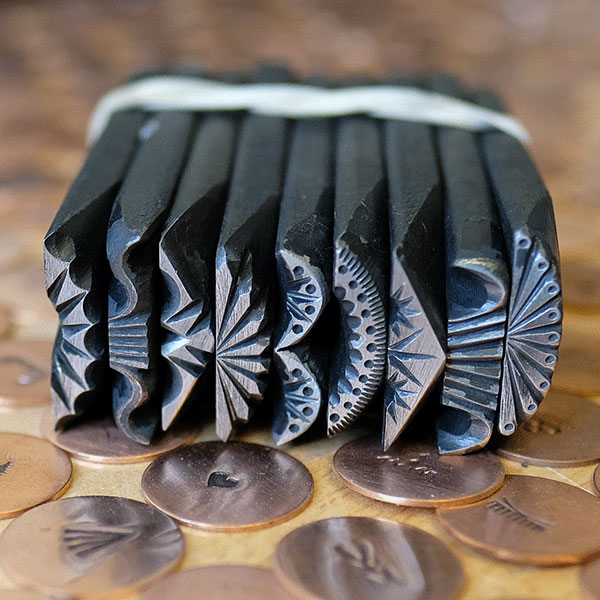The art of leathercraft is one which combines tradition and creativity, and at the heart of this art is an important tool, the customized leather stamp. They aren’t just tools, they’re an intermediary between the craftsman’s imagination and the tangible tactile beauty of a leather piece. In the world of custom-made leather stamps, we discover how small tools contribute to turning a basic material into an object of artwork.
Custom leather stamps are a part of a storied history, tracing back to the time where leather goods were marked to identify them and ensure quality. At first, the stamps were basic, being used predominantly for branding or design. Then, as leatherworking evolved into an art form, also did the sophistication as well as the variety of the stamps. Today, they range in simple geometric patterns to elaborate custom designs, permitting unlimited expression of creativity.
The materials and construction of leather stamps can be as diverse as their designs. Traditionally, stamps are made from high-quality tool steel, which ensures durability and a sharp, clear impression on the leather. The advancement in technologies have introduced innovative materials such as brass and even certain durable plastics, which are particularly useful to create more intricate or customized designs. The material of choice is determined by the frequency used, the level of precision within the design, as well as the type of leather being utilized.

Using the Metal Stamps number is where the magic happens in the leatherworking process. The artisan dampens the leather making it malleable and receptive to embossing. The embossed design is applied to the material whether by hand or using an aid from a press that transfers the image onto the material. The method, also referred to as tooling is not only an imprinting process but rather a process of transformation, turning ordinary leather into a canvas for artistic expression. The thickness, the pressure and even the moisture content of the leather are a factor in the way the final image will appear and requires a sharp eye and skilled hand.
The method of making these stamps is equally important as the process of making them. The process of making a leather stamp typically involves making the leather moist to make it flexible, putting the stamp accurately, and then striking it with a mallet, which transfers the pattern. The angle and force of the strike, level of moisture present in the leather, and its sharpness contribute to creating a precise and clean impression. It requires a lot of the practice of and mastery, because the artisan must understand the various leathers’ reactions with the stamping procedure.
However, the use of custom leather stamps isn’t just limited to professional applications. They’ve become popular for DIYers and hobbyists. A wide range of low-cost, custom-made stamps has opened up the world of craft and leather for more people. People can now personalize their leather items at home, adding a personal touch on gifts and creating custom products. This accessibility has led to an increase in passion for crafting with leather for a leisure activity, with growing awareness of the craft and artistic process involved in making handmade leather items.

